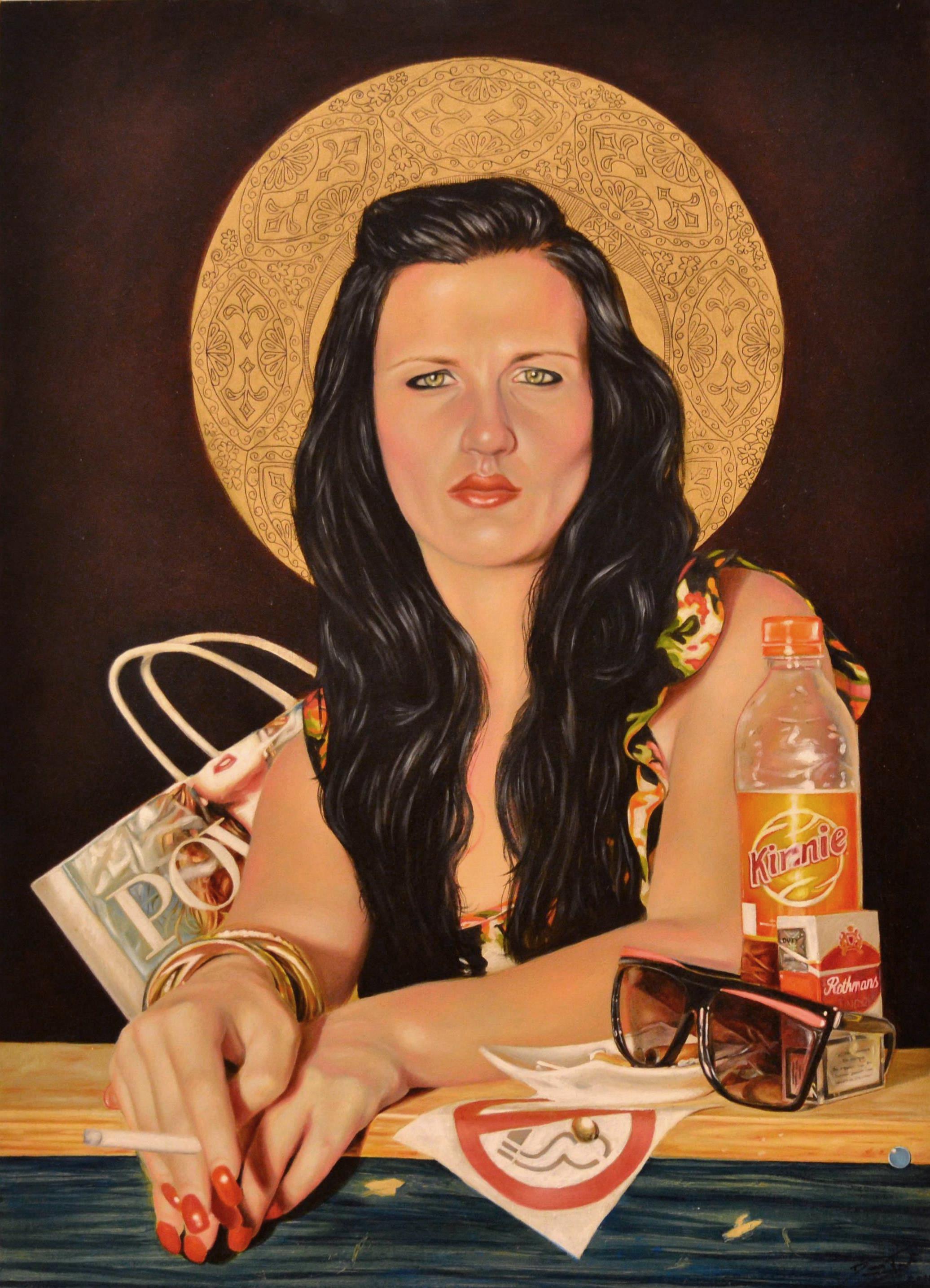Vince Briffa’s contribution to the Venice Biennale in 2019 is OUTLAND. An audio-visual piece inspired by The Odyssey, a story intimately linked to the Maltese islands’ own folklore, the work unfurls over many layers.
On one level, it explores the lure of safety and the numbness that can bring—exhibited through Ulysses’ portrayal, who is caught in a bubble of his own making. ‘The plastic room replaces the island from the story, presenting a different interpretation,’ explains Briffa. Here, it is Ulysses’ own mind and thoughts that keep him trapped.
The character of Calypso is also a reflection of the theme MALETH—port and safe haven. ‘She is both a lover and oppressor,’ Briffa says. ‘Calypso offers a haven for Ulysses during the seven years he spends harboured in her cave. But he is also her prisoner.’
Finally, there is fragmentation and distortion to create new from old. Penelope is Ulysses’ waiting wife, torn between longing for her husband’s safe return and an uncertainty she secretly harbours—is that even what she truly wants? Her presence in the work comes through the use of Emmanuel Mifsud’s poem Penelopi Tistenna (‘Penelope waits’). For Briffa, the Maltese language helps the story ‘take on a different life.’

The work’s duality is apparent. Images are juxtaposed against one another. One can observe two characters simultaneously, living their own truths and challenging each other. However, the conflict is not structured. ‘It’s a contemporary art piece, not film. There is no story. It’s more of a painting. I am, myself, a painter first,’ Briffa notes.
So for those who find a narrative in this piece, know that it is uniquely yours. The question now is: will you share it?
To watch and read more about OUTLAND visit www.vincebriffa.com


